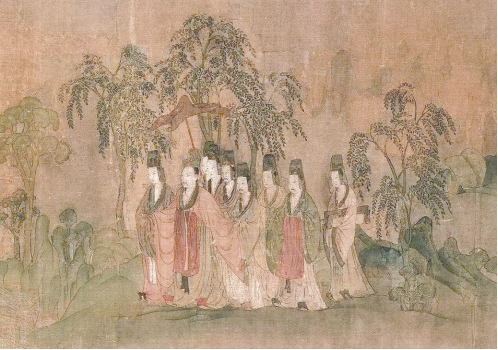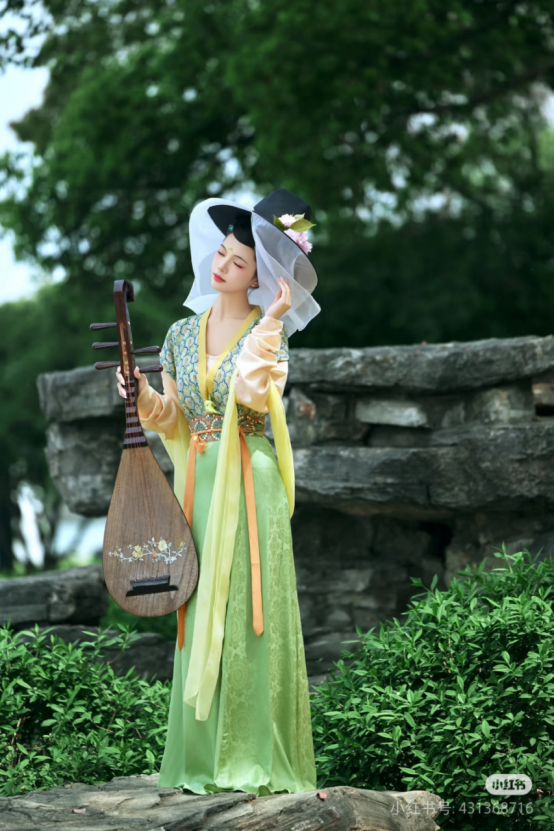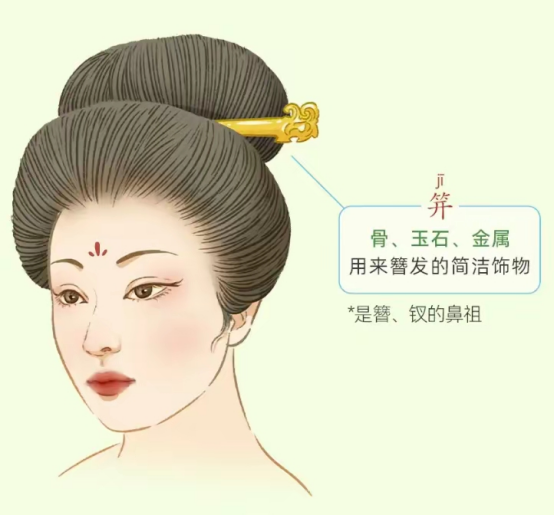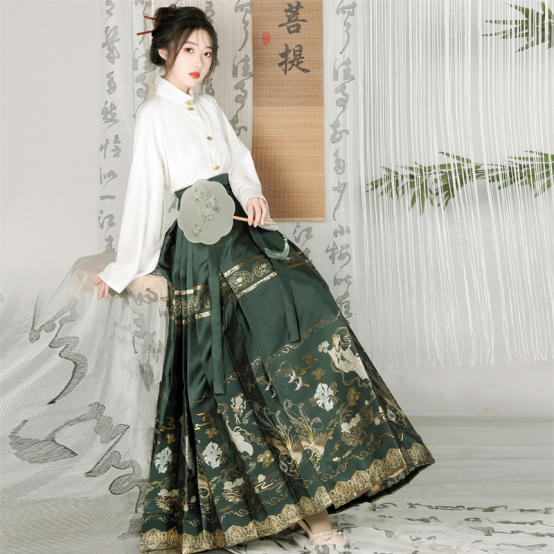What are the different types of Tibetan clothing?
Tibet is located on the Qinghai-Tibet Plateau, known as the “roof of the world”. There are over 200 types of Tibetan clothing, each with its unique features. The “Xuan” costumes from Ali and Purang in Tibet, as well as the Gongbu Tibetan attire from Linzhi, have been listed as national Intangible Cultural Heritage items. Tibetan clothing is very particular about how it is worn; men’s attire is divided into work clothes, ceremonial garments, and warrior clothes, while women’s clothing is more elaborate in terms of embroidery, weaving, and accessories, typically wearing black felt robes and colorful striped aprons called “Bangdian”.
The patterns and colors of Tibetan clothing are rich in religious symbolism, and in some areas, you can even see embroidery of Buddhist statues and scriptures. The annual Lhasa Clothing Week held at the Potala Square attracts global attention, showcasing the charm of plateau culture and allowing people to experience the style of Tibetan clothing.

Main Characteristics of Tibetan Clothing
Tibetan clothing has been around since around the 11th century BC. Over time, due to interactions among various tribes living in different parts of Tibet, as well as the influence of the natural environment and lifestyle, it has evolved into a style characterized by ample waists, long sleeves, side-opening fronts, right-side buttoning, long skirts, long boots, braided hair, and other features. The styles vary by region in terms of color, pattern, and fabric. Men wear golden flower hats and “Songba” shoes, while women wear striped headscarves, which are also a highlight of Tibetan attire.

Most Popular Tibetan Clothing
The most popular and common type of Tibetan clothing is the zangpao, which is known for its versatility. It is extremely wide, usually longer than the wearer’s height. When worn by men, the robe is pulled up to the knee, and by women, to the ankle, secured with a belt that forms a pocket in front for carrying items, solving the problem of lack of pockets in the robe. Due to the large temperature variations between day and night on the plateau, one can easily remove one or both sleeves to adjust to the temperature. The sleeves are tied around the waist differently depending on the region.

Clothing with the Most Unique Features
Tibetan clothing is not only used for daily wear but also serves as important ceremonial attire during festivals. In regions including Central Tibet, Nagqu, Kham, Ali, Amdo, and Gongbu, each area has its distinct characteristics and style of Tibetan clothing. Among them, the attire from Gongbu region is the most unique. Its design without sleeves or collars, with the lower part divided into two panels front and back and adorned with silk ribbons, is particularly exquisite. Women’s festive attire in this region truly highlights the unique style of Tibetan clothing.
Many people have commented that traditional Tibetan clothing is too large and doesn’t fit well on the body. Modern Tibetan clothing continues to retain the ethnic style of traditional attire, but there are also changes. While maintaining the traditionally broad shape, modern designs incorporate waist-cinching elements to better accentuate the figure. Traditional Tibetan clothing was often heavily embroidered at the collar and cuffs, and headwear could weigh up to forty or fifty pounds. In contrast, modern Tibetan clothing features simpler details, catering to contemporary aesthetic preferences and wearing habits.







